
Citrus Swallowtail Caterpillar YouTube
The small and large citrus butterfly caterpillar can strip citrus trees of their leaves and produce a strong foul odour when disturbed. Though, this smelly, spiky and unattractive caterpillar will turn into a beautiful butterfly. If infestation is severe, spray tree leaves and branches with a natural pyrethrum insecticide.

Lemon Tree Caterpillar
In the pupal stage, the butterfly caterpillar sheds its skin and forms a chrysalis whereas a moth caterpillar will spin a silk cocoon.Orange dog caterpillar damage to citrus trees is usually minor. Unless you have a very young tree with few leaves, leave the caterpillars alone and enjoy the Giant Swallowtails in a few weeks.

Citrus Tree Pests Caterpillar Stock Image Image of caterpillar, pests 202814013
FAMILY PAPILIONIDAE This page contains information and pictures about Orchard Swallowtail Butterflies that we found in the Brisbane area, Queensland, Australia. They also commonly known as Large Citrus Butterfly or Orchard Butterfly. They are the common largest butterflies in Brisbane.
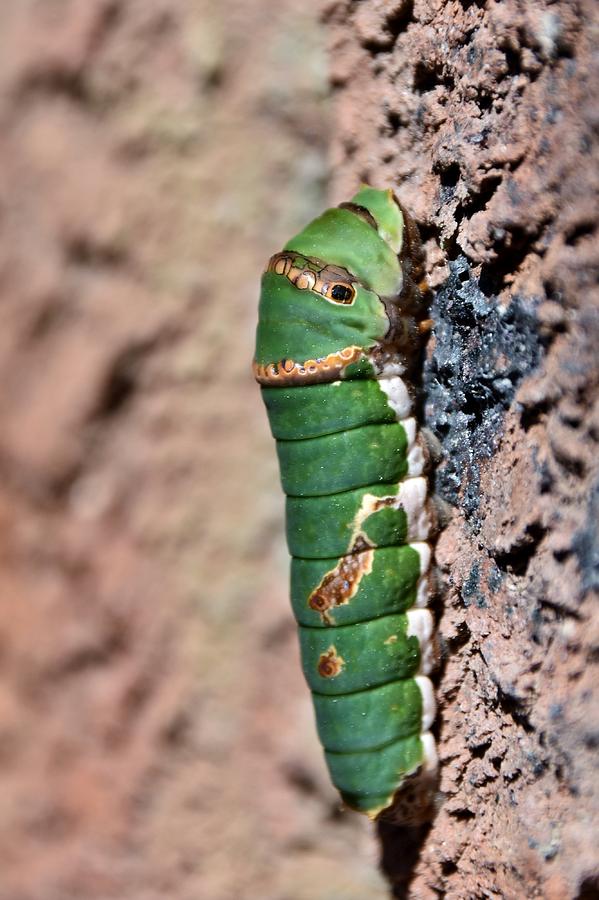
citrus swallowtail Caterpillar Photograph by Werner Lehmann Fine Art America
Large citrus butterfly caterpillar. The small and large citrus butterfly caterpillar can strip citrus trees of their leaves and produce a strong foul odour when disturbed. This smelly, spiky and unattractive caterpillar will turn into a beautiful butterfly. If infestation is severe, spray tree leaves and branches with a natural Pyrethrum.

Caterpillars on Leaves of a Citrus Tree Stock Photo Image of branch, animal 237652590
Citrus trees are also attractive to a number of insect pests. The most difficult to diagnose is citrus leaf miner, a tiny caterpillar that burrows its way through the leaf tissues and causes new leaves to twist and curl.Sometimes the trails left behind by the caterpillar can be clearly seen inside the leaf.
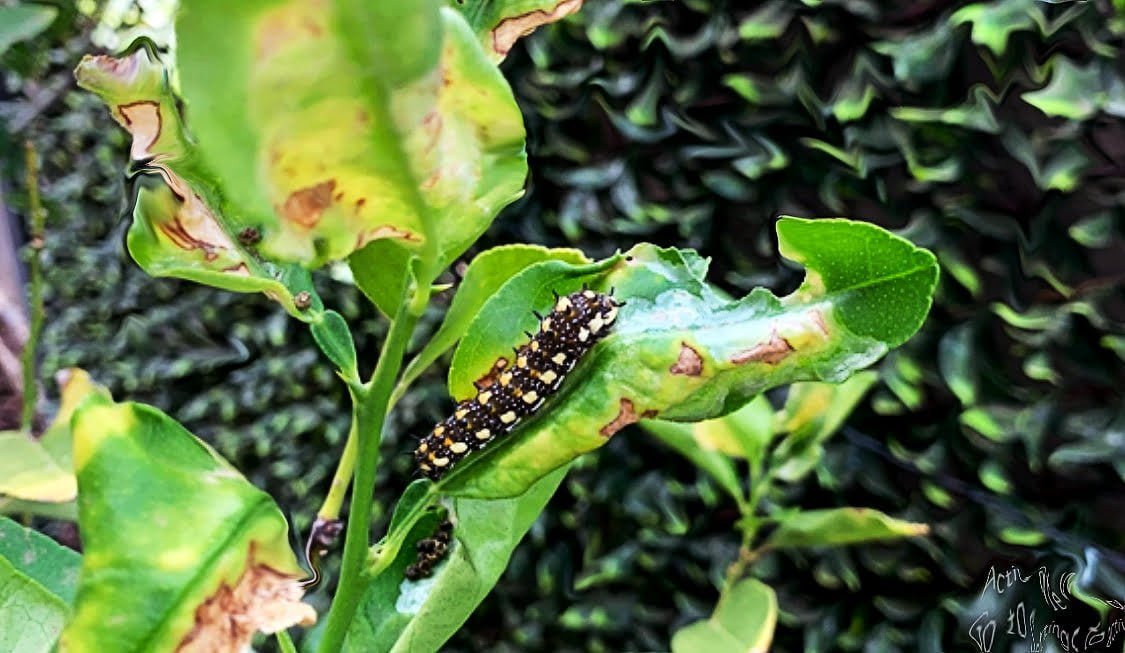
Citrus Swallowtail Caterpillar How to Damage Citrus Trees 01
The type of caterpillar that commonly feasts on lemon tree leaves is the citrus swallowtail caterpillar (Papilio demodocus). These caterpillars are native to regions where citrus trees grow, such as Africa, Asia, and Australia. They are typically green or brown and have a pattern that camouflages them amongst the leaves.

Orchard or Citrus Swallowtail Butterfly Caterpillar on a lemon tree Stock Photo, Royalty Free
Like many plants, lemon trees, as well as other citrus trees, can come under attack from caterpillars. Find out how to tackle them in this Quick Tips video with Daniel Haynes, gardenersworld.com.

The Citrus Swallowtail Caterpillar Discover Candide Gardening
The life cycle of caterpillars on orange trees typically follows four stages: egg, larva (caterpillar), pupa (chrysalis), and adult (butterfly or moth). The female butterfly or moth lays eggs on the leaves or fruit of the orange tree. Once the eggs hatch, the caterpillars emerge and begin feeding on the tree.

How Do I Stop Caterpillars Eating my Lemon Tree? (Video) BBC Gardeners World Magazine
This is the Caterpillar of a Citrus Swallowtail, Papilio demodocus, a lovely butterfly that feeds on the leaves of citrus trees while in the larval stage. All the features you describe are used as defense mechanisms by the caterpillar, which has a forked organ known as an osmeterium that is revealed and accompanied by a scent some predators might find off-putting.
What is this caterpillar that looks like bird poop? Southern California on a Citrus tree r
Lightbrown apple moth ( Epiphyas postvittana) caterpillars are a native species occurring from spring to autumn and are up to 20mm long. They can be found in protected areas where fruit, or fruit and leaves touch, or in the navel of some navel orange varieties. The caterpillars produce a protective web under which they feed.
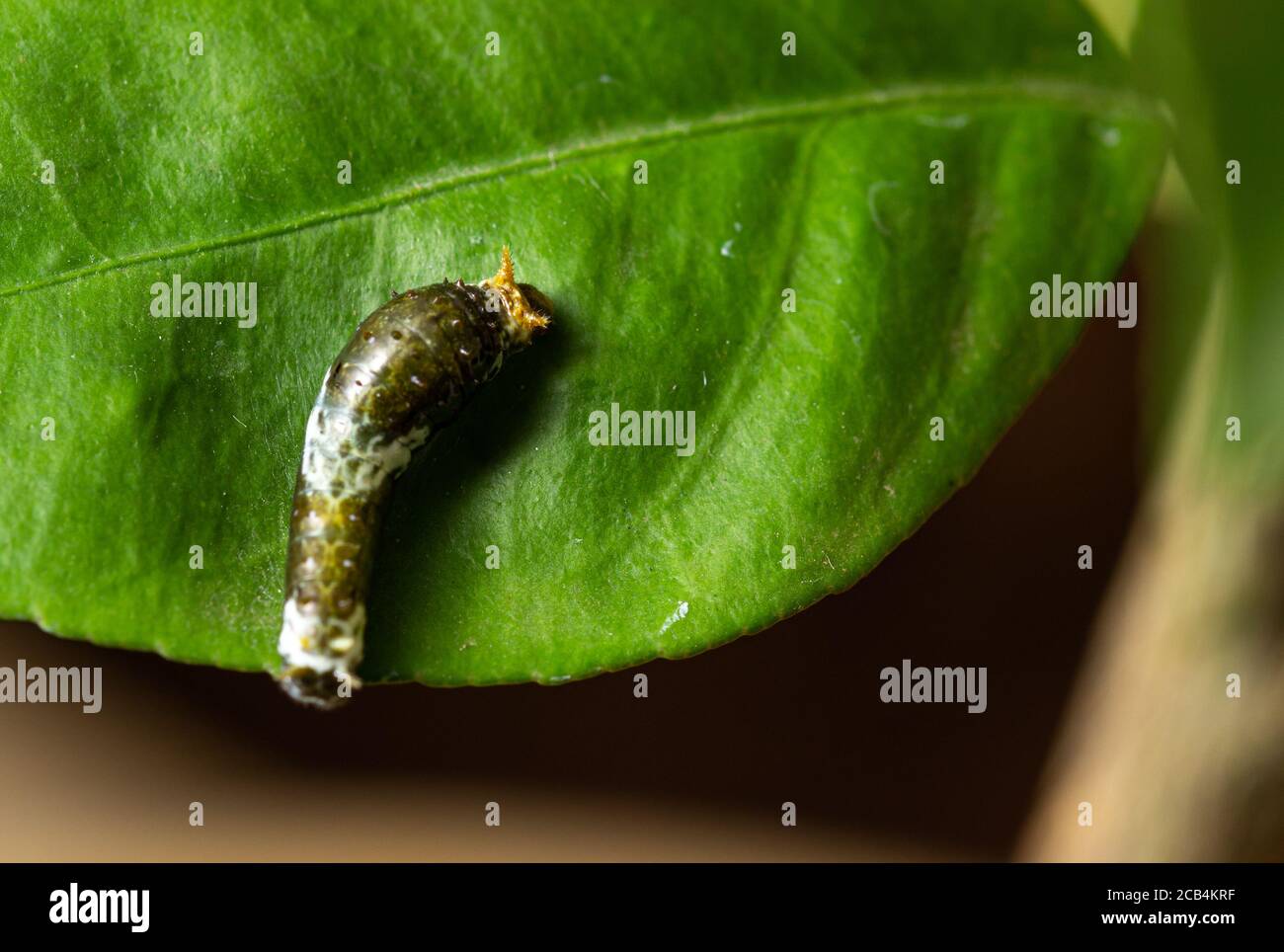
Citrus caterpillar relaxing on leaf also known as lemon tree caterpillar Stock Photo Alamy
When the caterpillar is about 3.5 to 4 cm long and has munched enough citrus leaves, soft new growth, and the occasional flower and bud, it turns green with orange-yellow spots on its back and some small scattered pale blue and white spots.
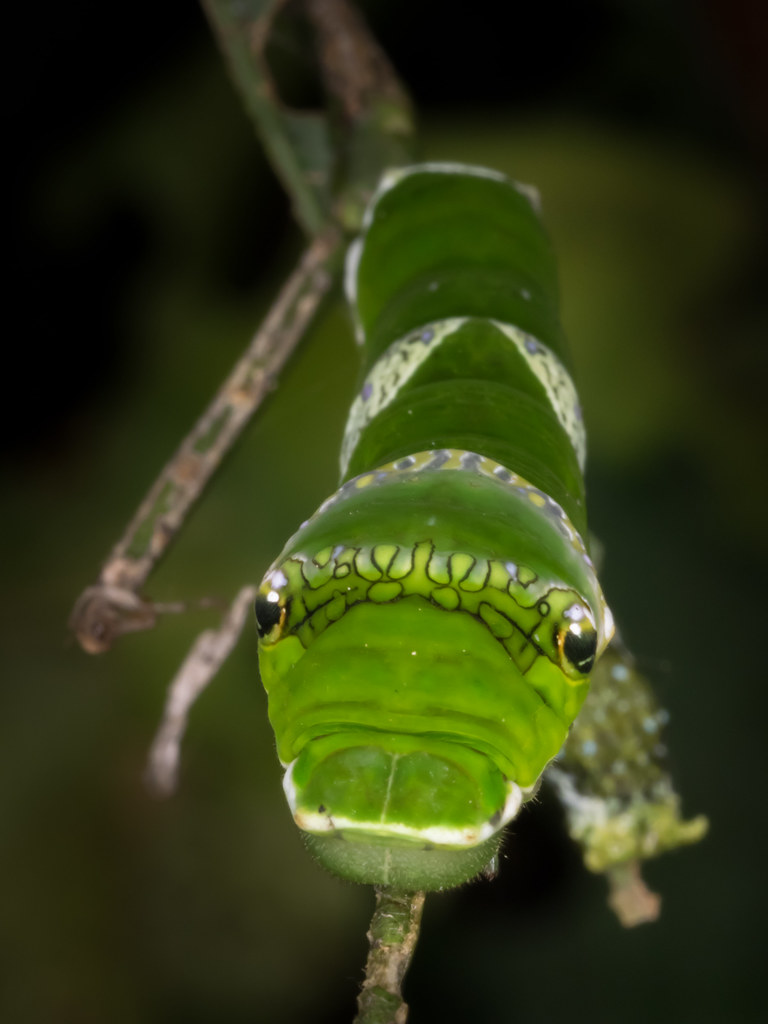
Citrus Swallowtail Caterpillar Citrus Swallowtail Caterpil… Flickr
Lepidoptera Caterpillars are the larvae of moths and butterflies of the order Lepidoptera. There are more than 20,000 species which occur in Australia, but only half have been scientifically named. Only about 400 of these species are butterflies - the rest are moths.
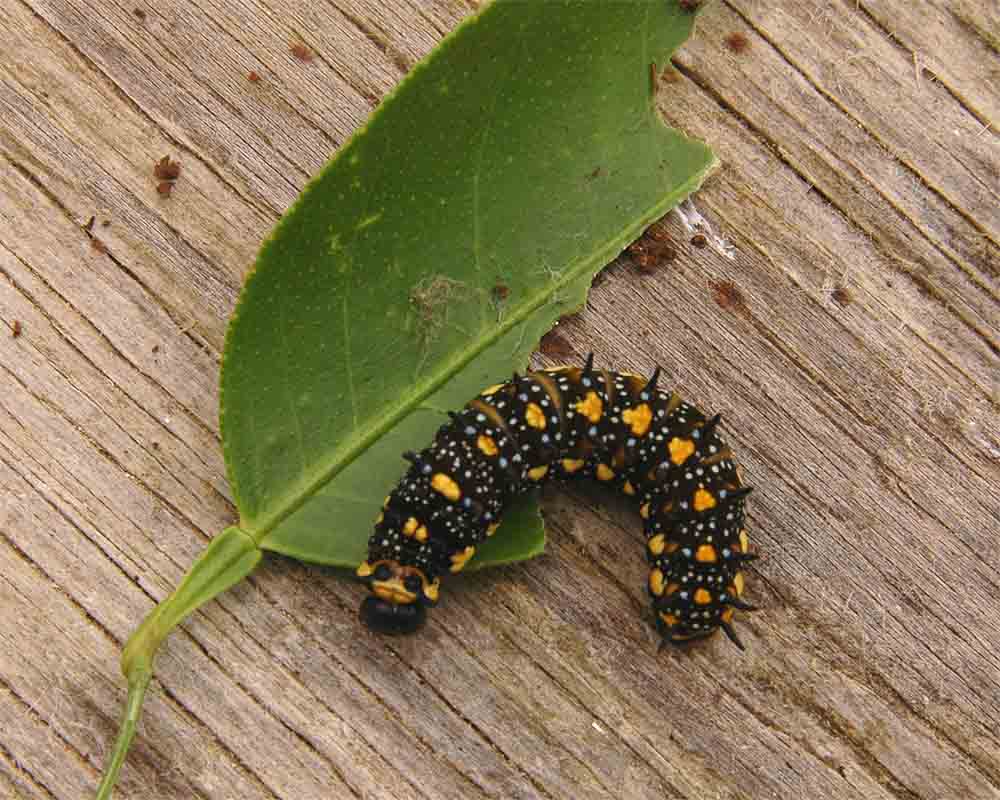
The Nature of Robertson Citrus Caterpillars two types.
The citrus swallowtail caterpillar often called the "citrus swallowtail" or "citrus orange dogs" of citrus trees, is the larva of the giant swallowtail butterfly (Papilio cresphontes cramer). This caterpillar is a big problem for the gardens of the United States and other citrus-growing countries.
Citrus Caterpillar by Zilyram
You may see a small black/brown/white caterpillar on the leaves of your citrus - that look a bit like a bird dropping and about 3 cm long. IT THEN PUPATES INTO THIS GORGEOUS BUTTERFLY It's a mainly black and white beauty with a dash of red on the tips of its back wings.

Citrus Caterpillar stock image. Image of africa, garden 48669159
The larval or caterpillar stage can be considered a pest due to its habit of feeding on the foliage of most Citrus species. A few orangedogs, as the larvae are commonly called, can quickly defoliate small or young plants.

Giant Swallowtail caterpillar on lemon tree. I found a swa… Flickr
The caterpillars may grow to 40mm long and can be green or brown in colour. Often the level of damage is not sufficient to warrant chemical control but if required, the biological insecticide Bacillus thuringiensis is effective on young caterpillars.. Weevil species causing damage to citrus trees in Western Australia include the apple weevil.